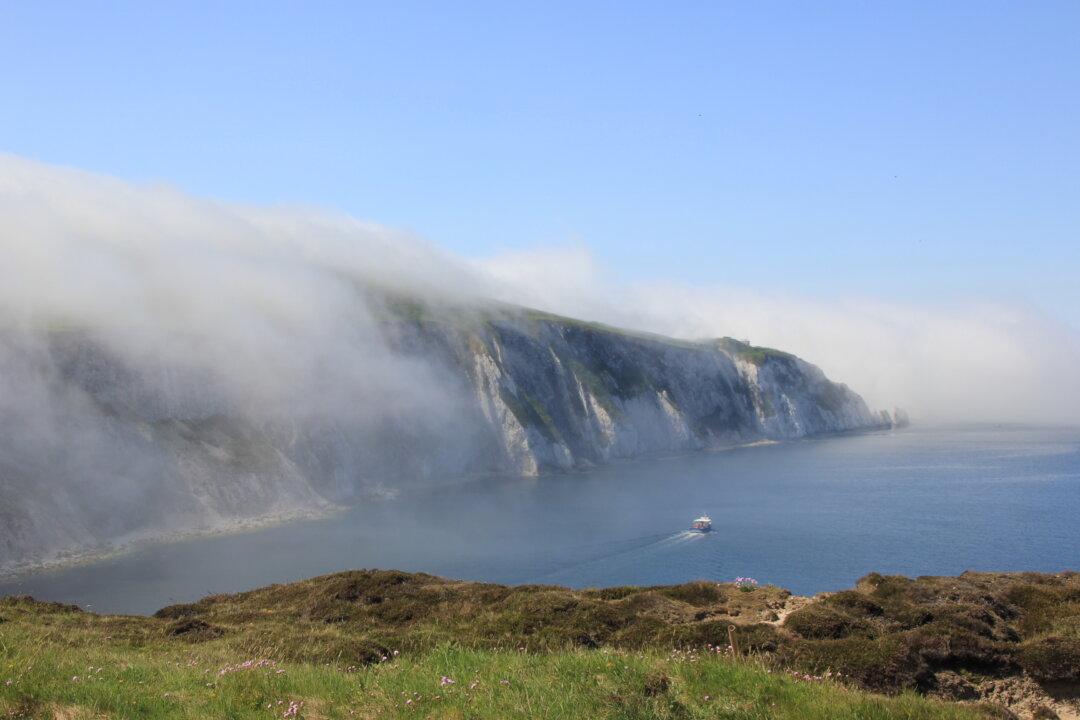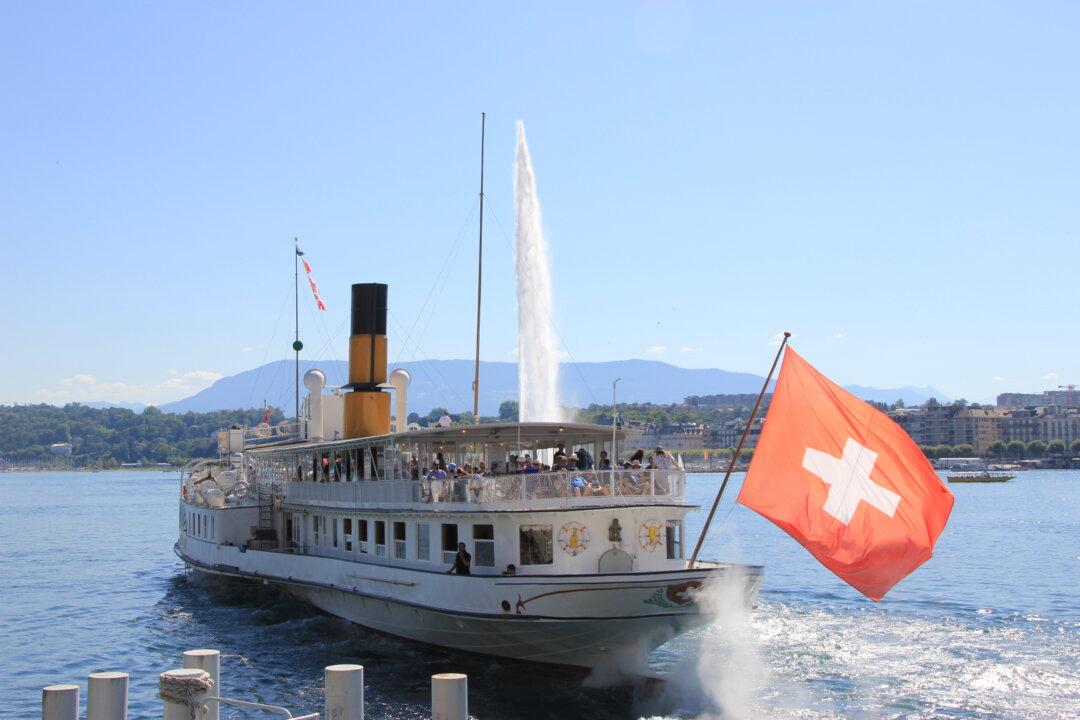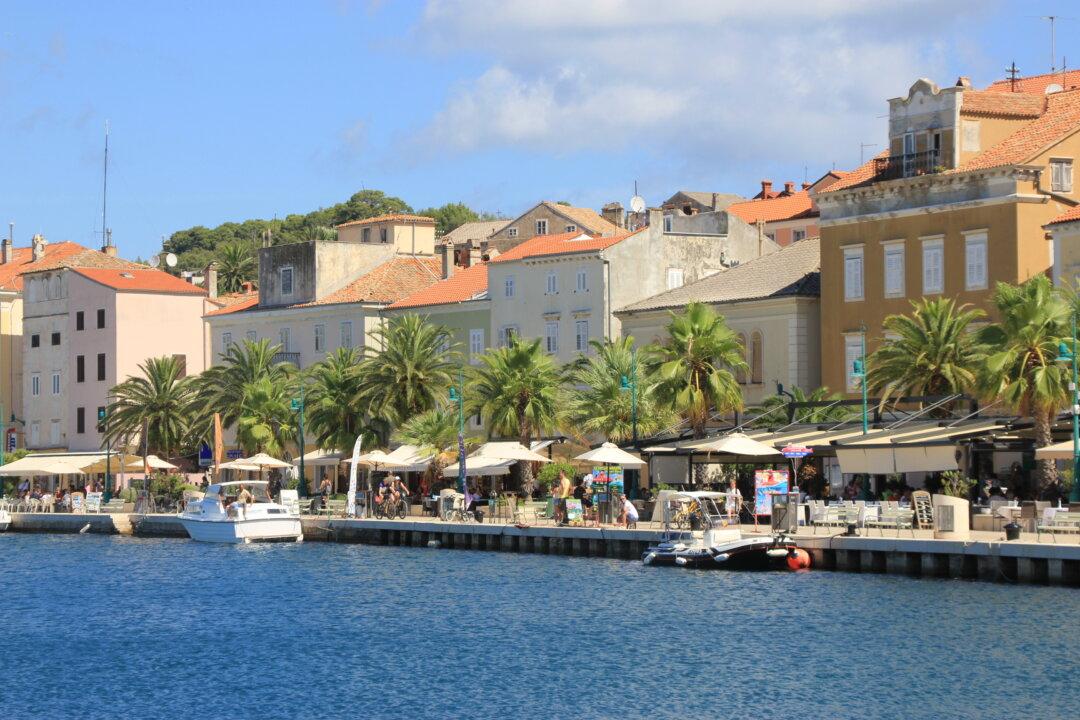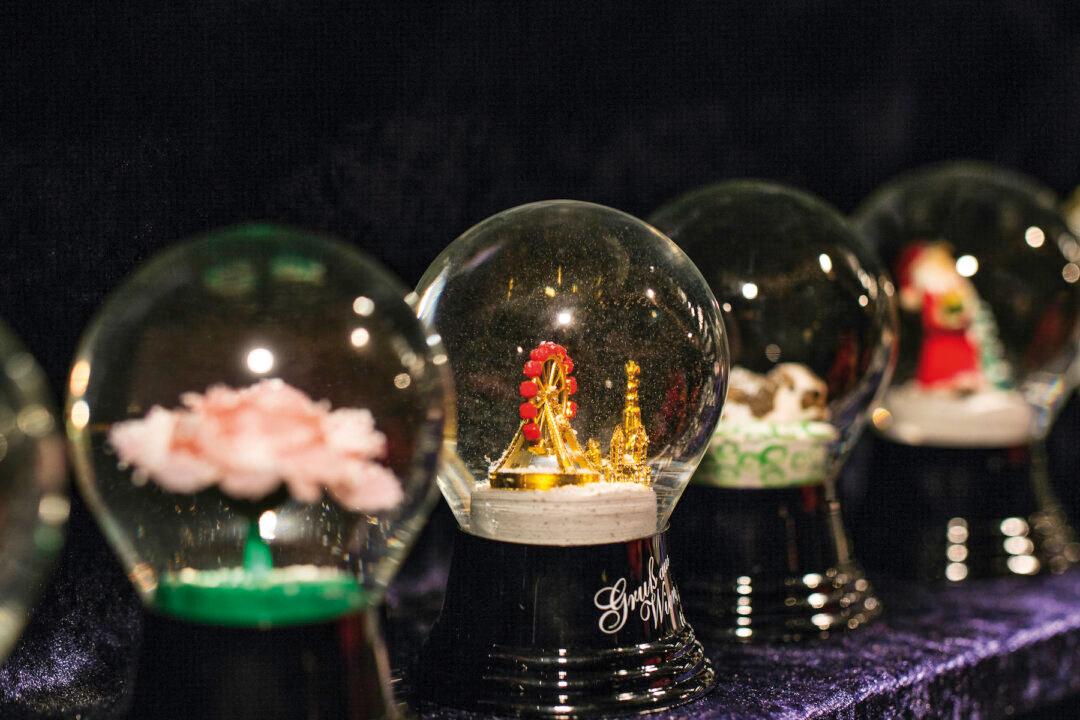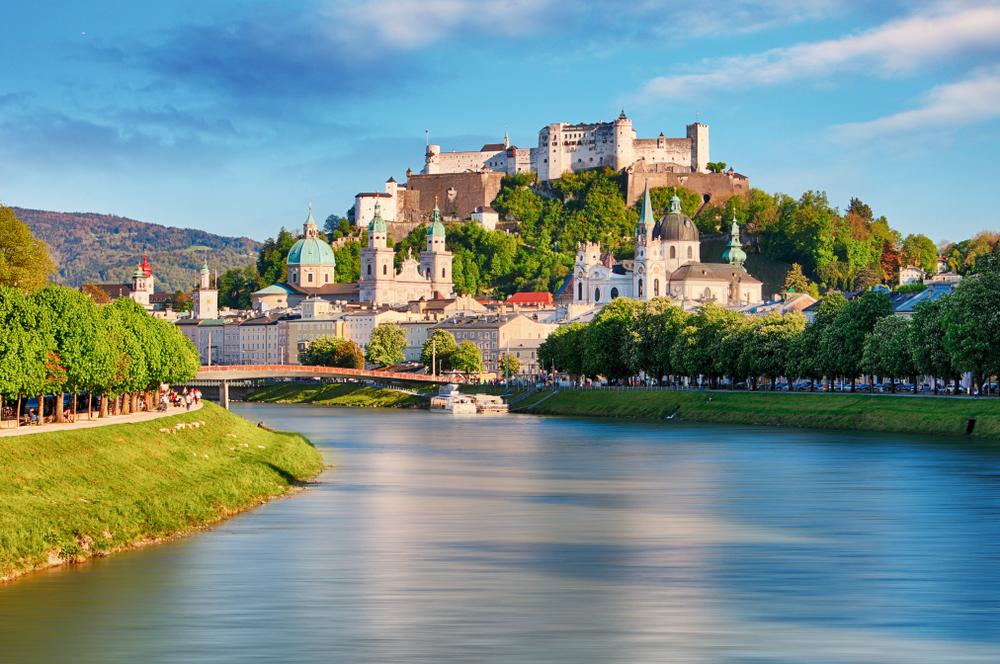With an entire empire at her feet, Queen Victoria’s favorite place to relax was the Isle of Wight, just a few kilometres off the south coast of England.
“It is impossible to imagine a prettier spot,” the monarch wrote about her island retreat, Osborne House, in a letter in 1845. Times have certainly changed since then, yet the island remains a popular escape for yachties, cyclists, walkers, romantics, and the sandcastle crowd.

